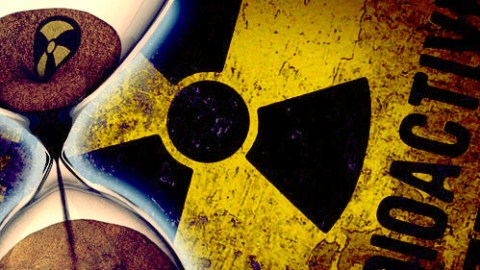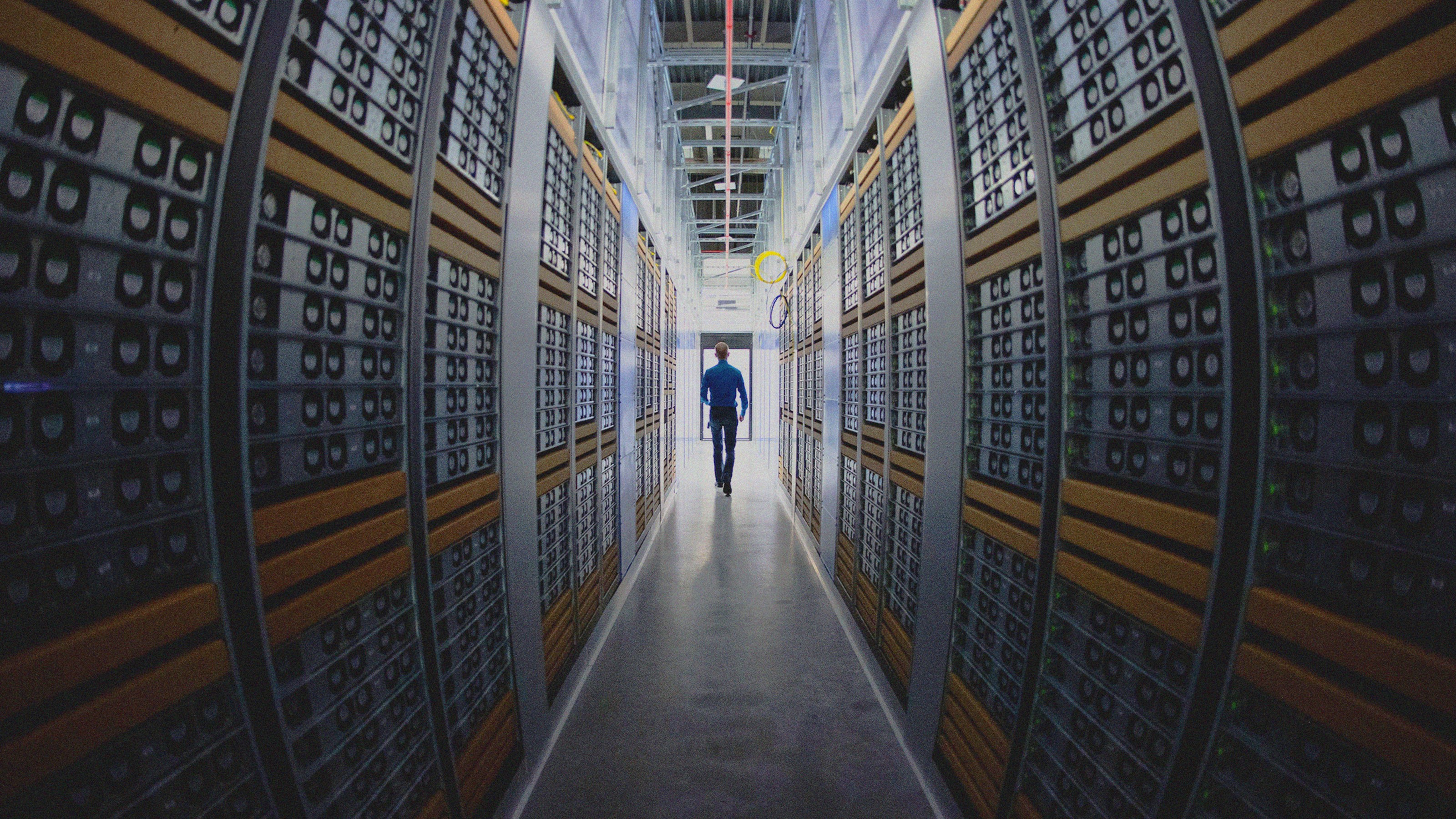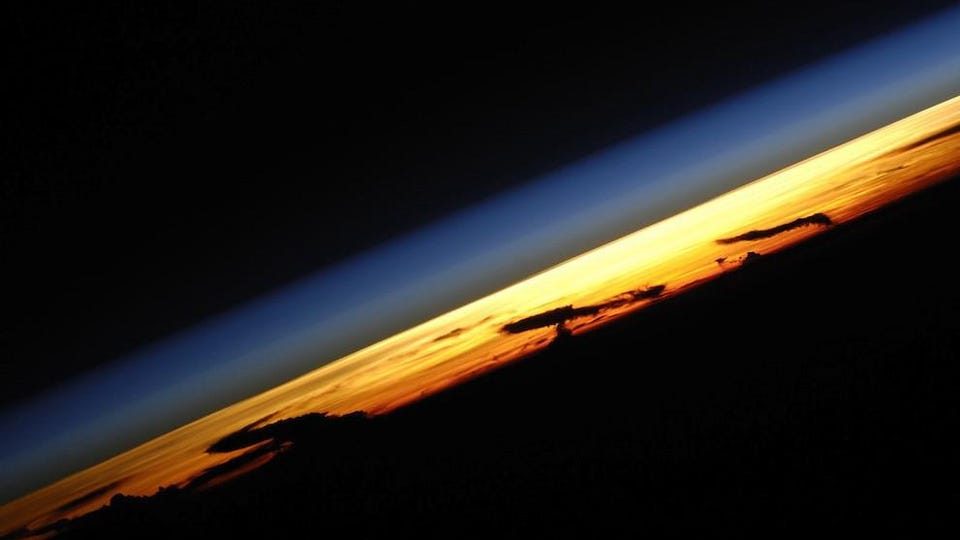Three-Month Update of Fukushima Accident and the Flood of New Information Coming Out

It has been over 3 months after the tragic accident in Fukushima, Japan, and a flood of new information has been coming out.
1. After months of stonewalling and low balling figures, the utility finally admitted what many US physicists already suspected, that there was most likely a 100% core melt at all three reactors. Physicists in the West, given the meager data fed to the media by the utility, have run independent programs on their computers and have concluded that the accident was much, much worse than the government has been reporting. The new figures, although shocking, now agrees with assessments made in the US.
2. If 3 reactor cores suffered 100% core melts, then why didn’t we have three China Syndrome type accidents? Why didn’t we see three Chernobyl accidents happening simultaneously? The answer is that, at the very last minute, sea water was flushed into the three cores, stopping the melted uranium from melting through the entire containment structure and releasing vast amounts of radiation into the environment. The utility, however, resisted flooding the reactors with sea water, since it would reduce the reactors to junk, while the utility wanted to salvage the reactors for future use. Apparently, the reactor operator disobeyed direct orders. He was ordered to delay any plans to flush the cores with sea water. Instead, he did it anyway, going against his superiors. He should be considered a hero. Any delay back then might have led to an unimaginable tragedy.
3. The utility, under pressure, also admitted that twice as much radiation leaked out as previously suspected, on the order of about 700 trillion bequerels of radiation (or roughly 20% of the radiation that poured out of the reactor at Chernobyl.) Yet the utility, until the last minute, kept insisting that the accident was no worse than Three Mile Island.
4. The reactors are continuing to release radiation. This was a mystery at first, since, if the core melting was under control, then water should not be in direct contact with melted uranium. Many suspected, therefore, that the uranium completely melted and even melted right through the vessel as well. This direct contact between water and melted uranium is probably the main source of radiation still leaking from the reactors.
5. Four hot spots have been identified outside the evacuation zone, causing further evacuations of residents of the area. In one district, 8,000 school children were given radiation counters as they went to school, since radiation levels could be 20 times higher than normal in school yards. Parents, going against Japanese tradition, have criticized the government and utility heavily.
6. Estimates for the clean up vary. Toshiba corporation estimated it would take 10 years. The Hitachi Corp estimated, however, that it would take 30 years. One nuclear engineer estimated that it might actually take 100 years. Remember that it took 14 years to clean up Three Mile Island, where there was no breech of containment. It has been 25 years since Chernobyl, and that accident still has not ended. So 30 to 100 years are not unreasonable guesses for the amount of time the cleanup will take.
7. The utility wanted to go into cold shutdown, so the reactors no longer produce boiling water, by the end of this year – This now seems impossible. The utility has now admitted that it might take until next year at the earliest. Actually, the reactors are like ticking time bombs. Before they go to cold shutdown, there could be another earthquake, a big break, or worker evacuation, in which case the accident starts all over again. So it is a race against time, to reach cold shutdown before the accident begins again.
Meanwhile, with Germany and Switzerland calling for phasing out nuclear energy entirely, and Japan calling for a moratorium, the shock waves from Fukushima will continue to rattle the commercial nuclear market.





